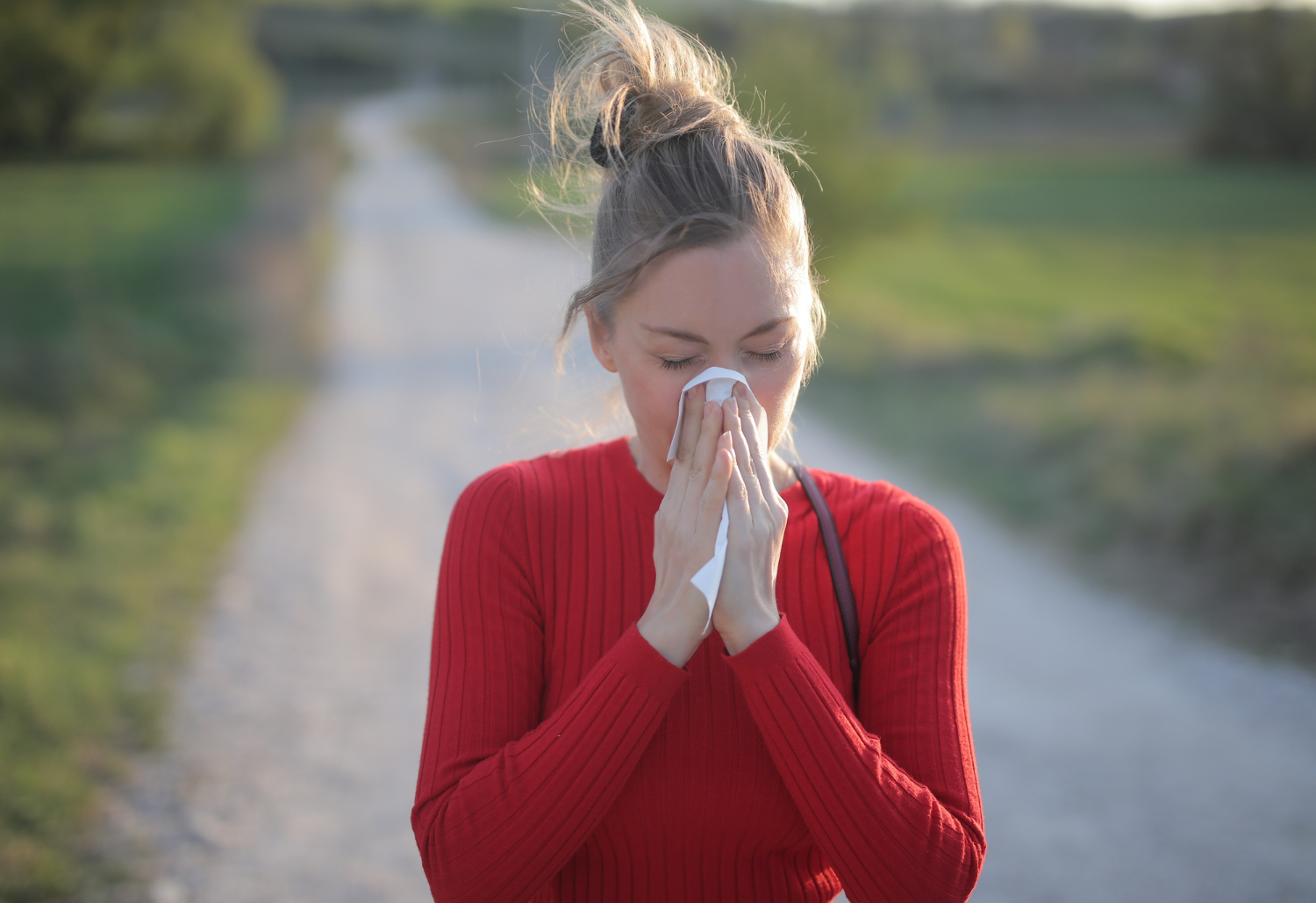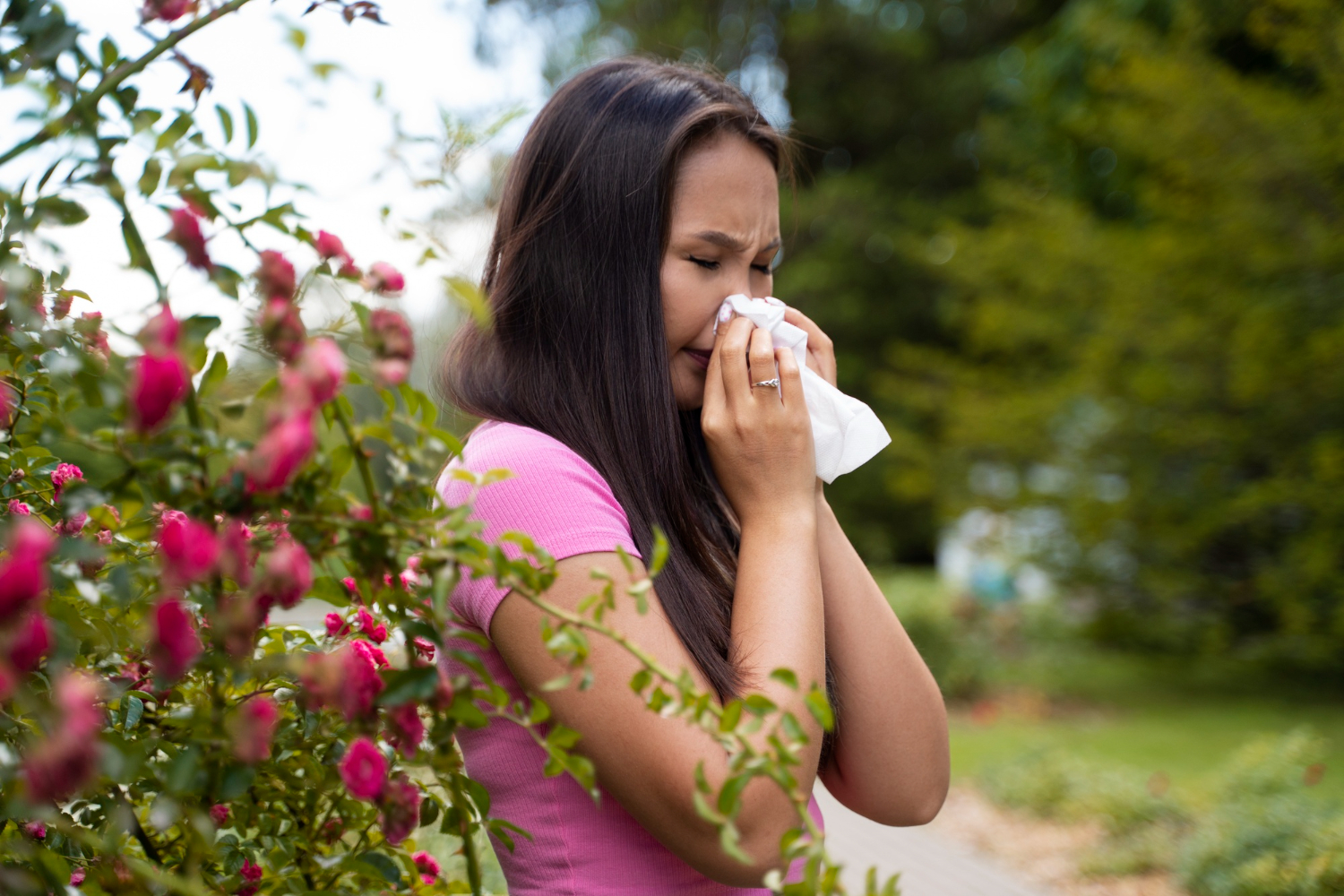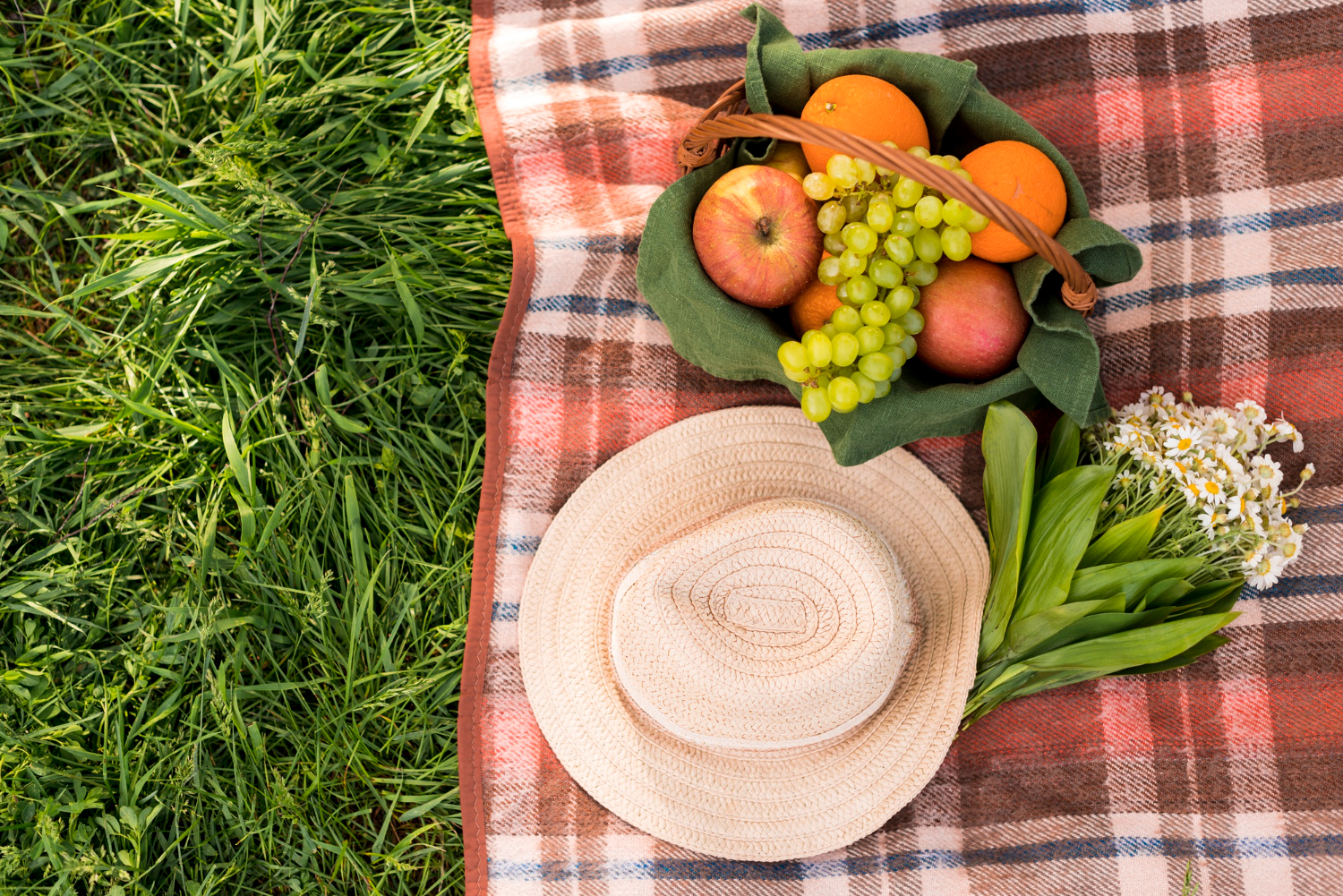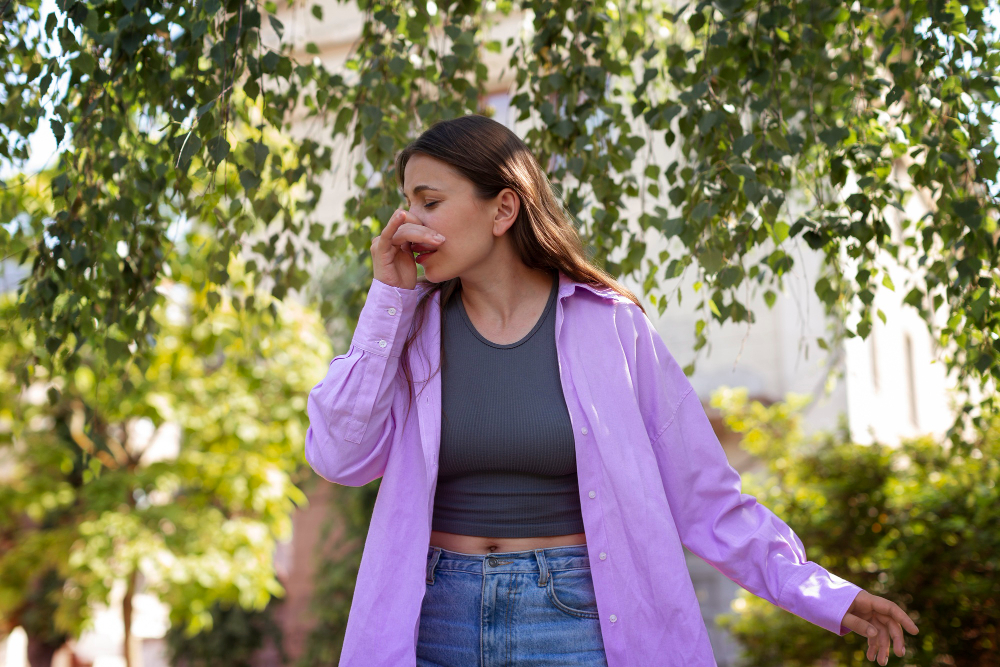
Austin Allergy Mayhem
As spring kicks off in Austin, many of us look forward to warmer weather, green grass, and the blooming of bright, vibrant flowers. Unfortunately, for those of us who suffer from seasonal allergies, spring’s arrival can also bring a set of troubling symptoms.
This blog post will briefly introduce seasonal allergies in Austin and how to manage them to ensure you can enjoy the warmer months without the hassle of sneezing, itchy eyes, and runny noses. Knowing what causes seasonal allergies, the associated symptoms, and practical ways to manage them will make life simpler and more manageable.
Austin allergy mayhem may sound scary, but don’t worry! Because we will help you understand seasonal allergies and the proper steps you can take to avoid them/deal with them by the end of this blog.
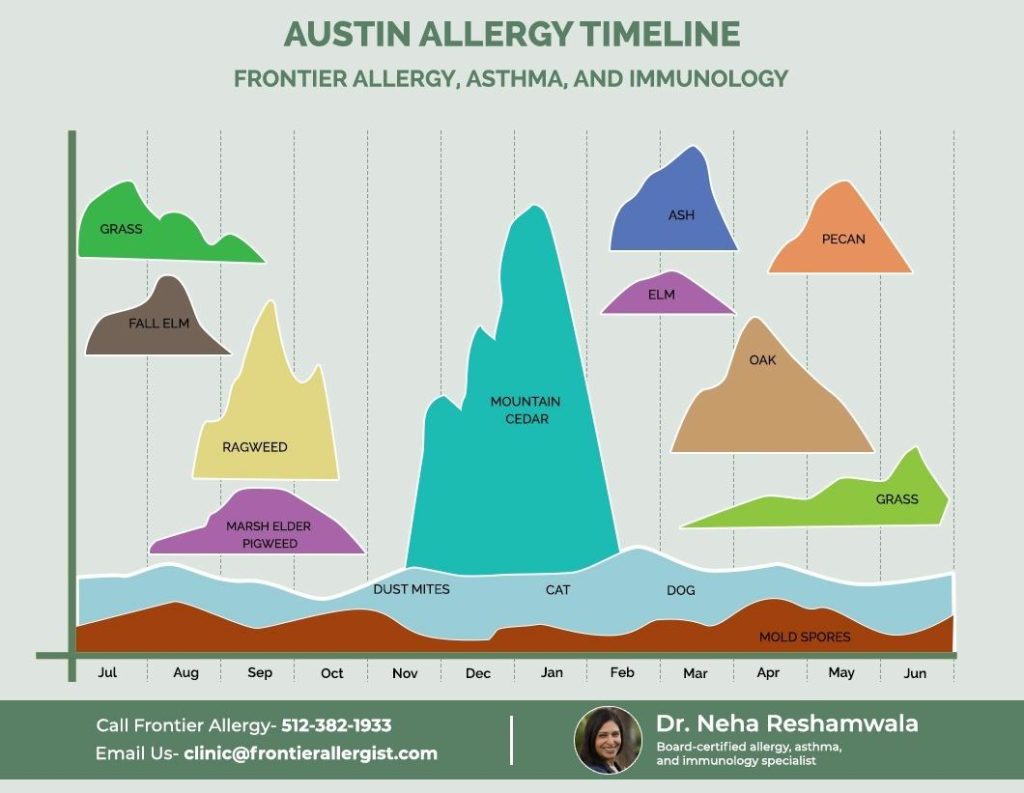
Know Your Seasons, Know Your Triggers
The problem with seasonal allergies is that they keep returning with the changing seasons. Knowing your triggers makes it easier to understand that your allergies may return soon. Knowing your seasons and triggers will help manage your allergies.
So, without further ado, let’s see what seasons bring the worst of allergies.
Fall
The most commonly seen reaction in the fall in Austin is Ragweed. Temperate areas in Texas experience strong reactions because of the millions of pollen grains emitted yearly. Once the frosty season begins, around October, Ragweed allergies will decrease slowly.
Winter
Austin has one of its worst allergy seasons from December through February because of the notorious mountain cedar tree. The mountain cedar causes “cedar fever,” causing severe reactions in many.
The trees most affect the Austin area include pecan, elm, oak, ash, and cottonwood. Oak pollen is especially visible and problematic during this time, as it coats cars, sidewalks, and backyard grills in a fine yellow powder. Warm, dry, and windy conditions are a spring allergy-sufferer’s enemy because that is when pollen gets tossed around in the air.
Spring
After June, pecan, elm, ash, and oak pollen visibly caused allergic reactions. Oak pollen, especially, is high during this time. Windy days are the worst, and many people find themselves sneezing and snoozing because of the many irritating and sometimes painful allergic reactions.
Seasonal Allergy Symptoms
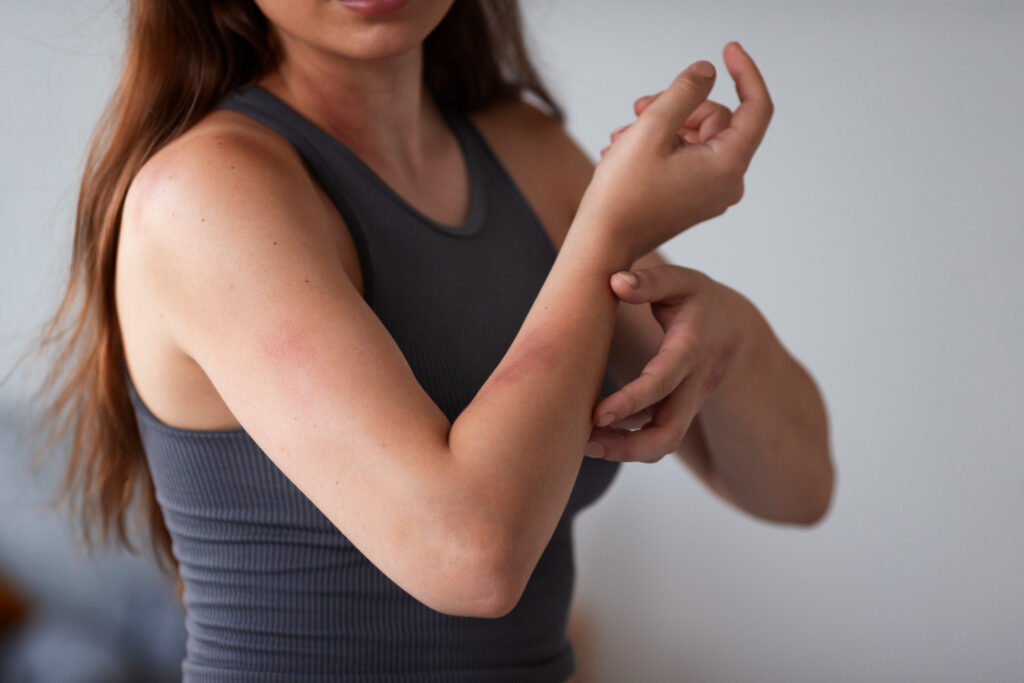
If you are wondering how you would know if you were suffering from a seasonal allergy, you must check if any specific season causes you to have similar, repeated reactions.
Seasonal allergies may be difficult to track by yourself as there may be different factors that cause your allergic reaction. To know precisely what you are allergic to, it is best to visit an expert allergist. You can return to your everyday life by testing for allergies and consultations without letting allergies interfere too much!
Why are Allergies Worse in Austin?
According to a 2018 study by the Asthma and Allergy Foundation of America, Austin is ranked one of the 50 worst cities for allergies. With plenty of rain and Sun exposure, Austin gets a lot of trees and grasses, which lead to a lot of pollination, causing allergies in people.
Surviving the Allergy Capital of the World
You may be suffering from multiple allergies. Knowing what you are allergic to will definitely help. Visit an allergy specialist to test, consult and treat your allergies. Get to know what you can do in an emergency or a harsh allergy attack.
- You can take treatments and medications for your seasonal allergy.
- As suggested by your allergy specialist, keeping antihistamines on you will undoubtedly help you.
- Nasal sprays go a long way!
- Learn how to use saline sinus wash after discussing it with your doctor.
- Monitor the pollen and mold count. If there is a spike, stay indoors and keep track of your allergies and seasons.
- Use anti-allergic masks/cover your nose and mouth when you leave your house in your allergy seasons.
- Clean your pets after they have been outdoors! Change outdoor clothes indoors to decrease the risk of prolonged allergic reactions.
Potential Treatment Options

Speak with your allergy specialist about the potential treatment options you have. Be comfortable through the process; the whole treatment is designed to find your weaknesses and help you overcome your allergic reactions!
Visiting Allergy Specialists
If you are worrying about the upcoming season and the reaction it may trigger in you, stop worrying! Visit Frontier Allergy, Asthma, and Immunology. We provide personalized care for adults and children with allergies, asthma, and immunologic conditions in the Greater Austin Area.
Contact us today- Email: clinic@frontierallergist.com for more information!

Written/Reviewed by: Dr. Neha Reshamwala
NPI number: 1780874578
Page last reviewed:


 All blog posts
All blog posts

